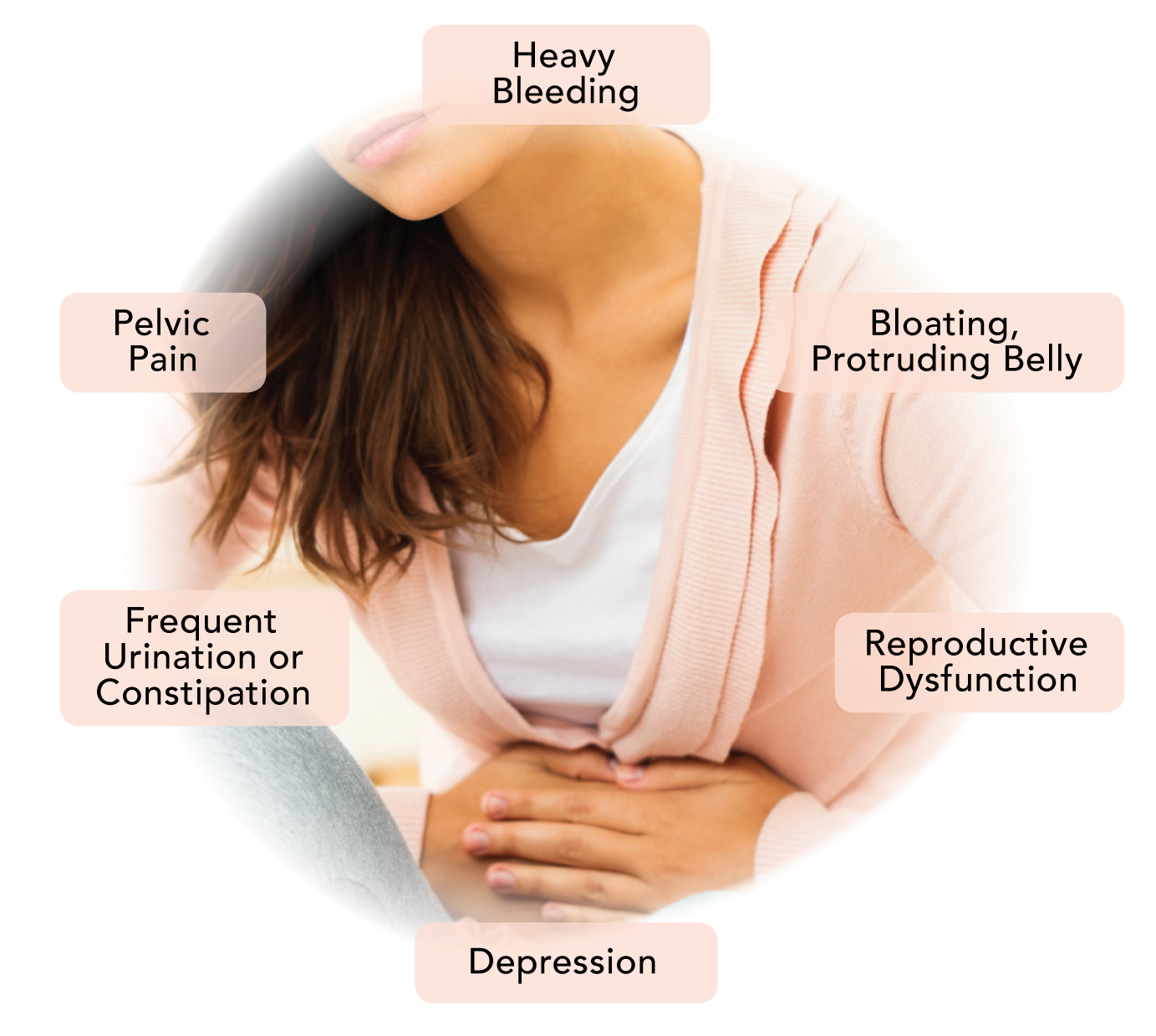Warning: Invalid argument supplied for foreach() in /home1/redcare1/public_html/wp-content/themes/uplift/swift-framework/content/sf-post-formats.php on line 89

It is no longer a myth that fibroids are very common especially in women of African heritage, and research shows about 50 % of the Nigerian female population aged 15 – 44 live with it. Fibroids are abnormal non- cancerous growths of smooth muscle which develop in or around the uterus (womb). The growths vary in size and location, and are described using these parameters. They are also known as uterine myomas or leiomyoma.
Why fibroids develop:
The exact cause of fibroid is not known, but it’s been linked to the hormone estrogen. Estrogen is the female reproductive hormone produced by the ovaries. Fibroids usually develop during a woman’s reproductive years (from around 16- 44) when estrogen levels are at their highest. They tend to shrink when estrogen levels are low e.g. in menopause or during pregnancy.

Fibroids develop more often in women who have had no children. There is also a positive link between fibroids and obesity as being overweight increases the estrogen levels in the body. Family history of fibroids, high fat diet and regular alcohol consumption are also likely risk factors for fibroid development.
Types of fibroids

Fibroids can grow anywhere in the womb and can vary considerably in size. Some can be pea sized while others are melon sized. The main types are:
Intramural fibroids – most common type. Develops within the wall of the womb
Subserosal fibroids – develop outside the wall of the womb and can become very large
Submucosal fibroids – typically grows into the womb cavity
In some cases, the fibroids are attached to the womb by a narrow stalk of tissue, and they are known as pedunculated fibroids.
Symptoms
Many women are unaware they have fibroids because they have no symptoms. About a third of women have no symptoms at all.

When there are symptoms, they usually include: Heavy periods, abdominal pain, Lower back pain, frequent need to urinate, Constipation, Discomfort during intercourse and Leg swelling. They can restrict the growth of babies during pregnancy and sometimes are a cause of infertility.
Treatment:
Diagnosis is usually made after clinical examination and an ultrasound scan. Fibroids don’t need to be treated if they aren’t causing symptoms. Over time, they often shrink and disappear without treatment.
If there are symptoms, there are medication to reduce the symptoms. This is usually the first recommended step. Medication is also available to shrink the fibroid size.
If these prove ineffective, surgery may be recommended.
- Umar Adegoke M.D.



